Microsoft and the duo user Part II: The consumers hidden inside enterprise
Without question the iPhone and Android phones rule the consumer smartphone space.
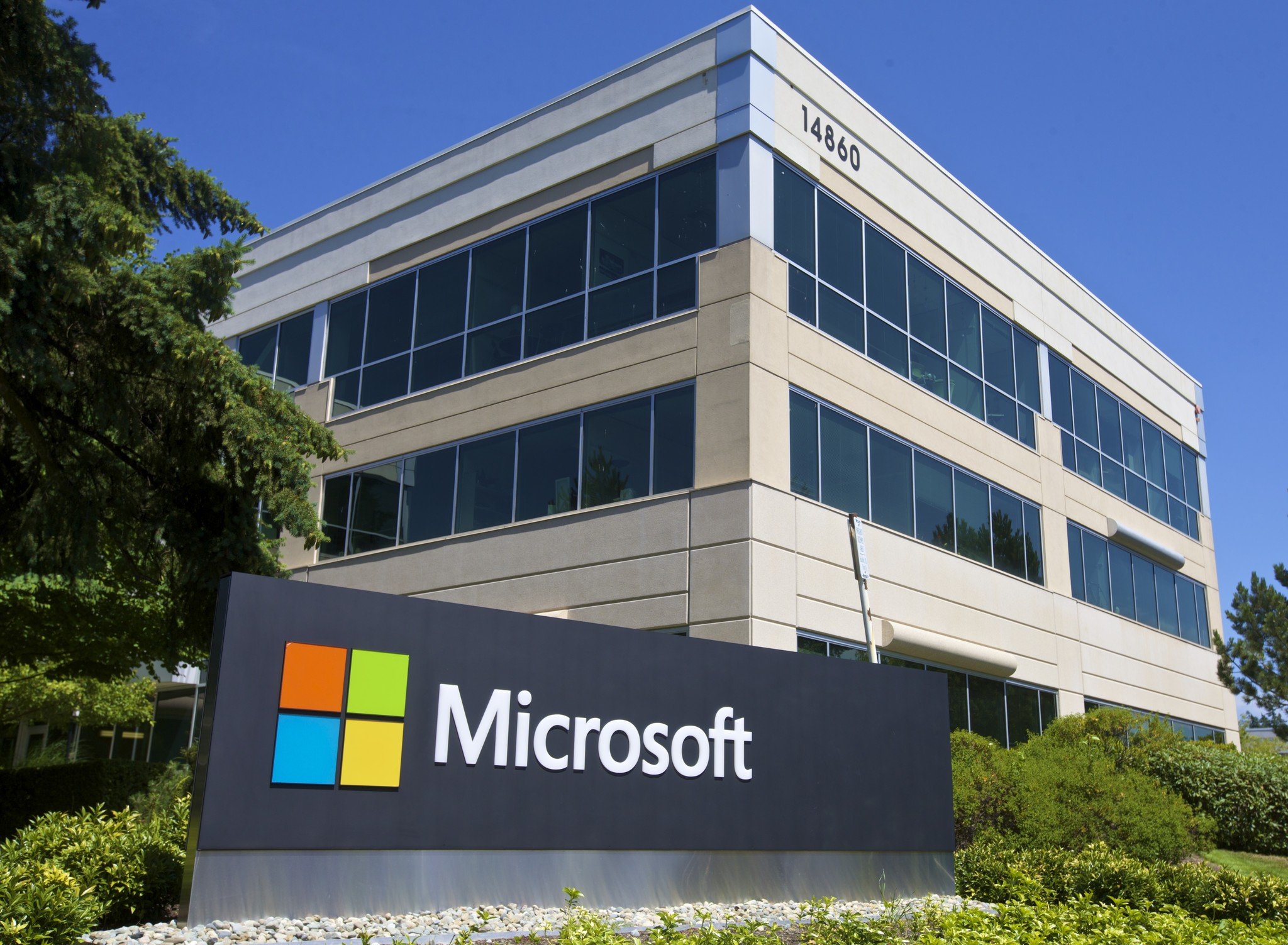
If Microsoft's mobile strategy is to succeed, they will need a reasonable slice of that mobile consumer pie. And they know it. Microsoft's duo user strategy is paving a path for Redmond's return to the consumer smartphone space — here's what that means in the context of a broader look at Microsoft's duo user personal computing philosophy.
We will gain a better perspective of how the collective weight of the Windows 10 ecosystem and Microsoft's apparent focus (to some) on everything but mobile is being positioned to benefit the firm's "phone" strategy. Redmond is betting that the strategic and methodical positioning of a unified platform centered around professional and personal productivity is the key.
Microsoft is not a one trick pony
Contrary to popular belief, Microsoft's mobile efforts are not all business. There is, however, no arguing with the fact that Microsoft's forte is the enterprise. The company's success with Azure and Office 365 as reflected in recent collaborations with GE and Facebook are just two examples. The embrace of Windows 10 Mobile and Continuum by HP with the Elite x3 and the business platform the PC manufacturer is building around the "phone" is yet another.
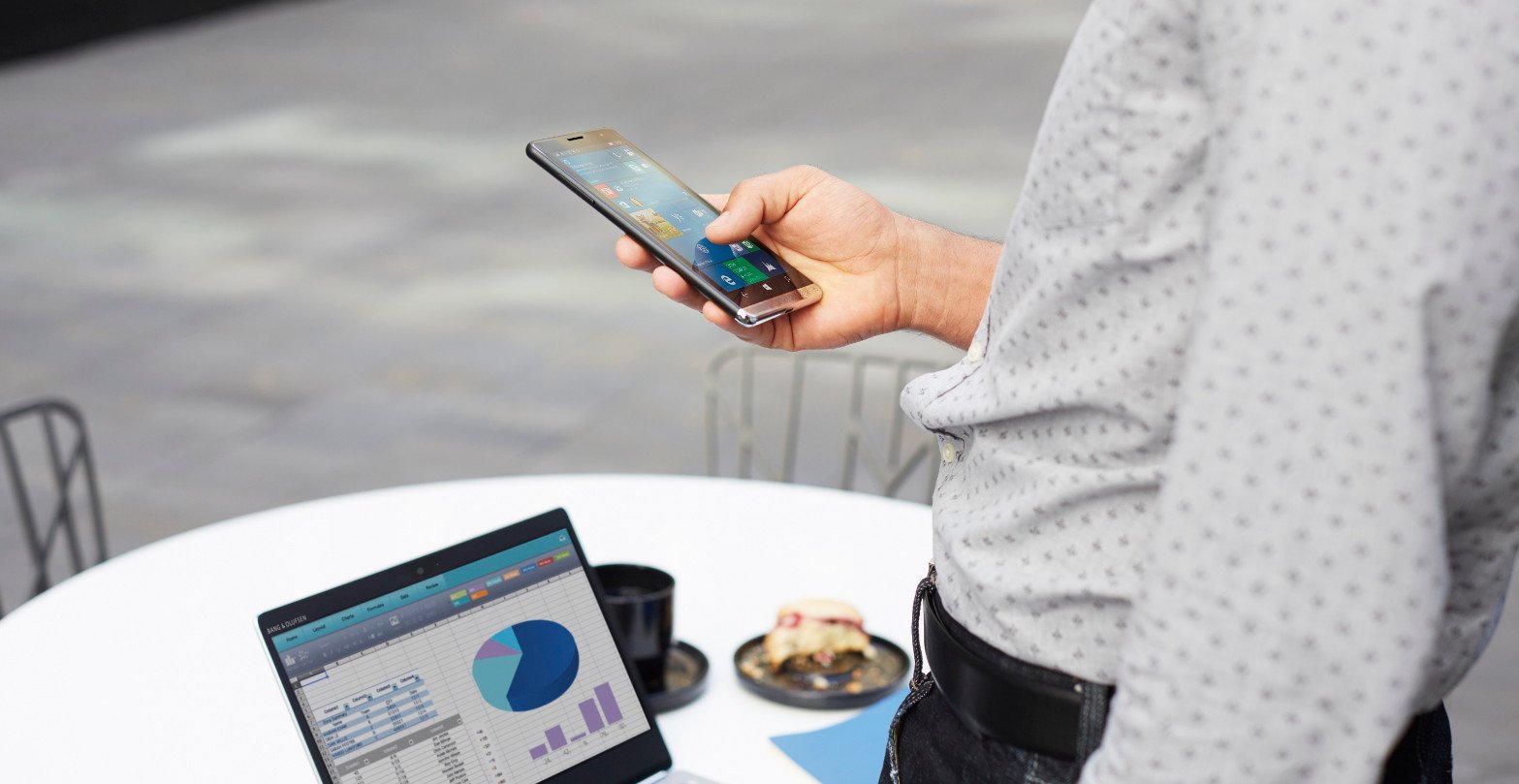
That, of course, is not to say that Microsoft is not successful among consumers. Ninety-percent of the world's personal computers are running Windows after all. Moreover, 1.2 billion people in 140 countries and speaking 107 languages are using Microsoft Office{.nofollow}. With 320 million Office downloads on iPhone, iPad and Android devices, it is clear that the default personal computing environment and productivity tools on the PC and other environments are Microsoft's domain.
Microsoft doesn't see users as the enterprise or consumers.
As a matter of fact, in the home, school and at work Microsoft is the only company that provides a fully comprehensive OS, cloud, and software solution that transcends environment's while keeping the user at its core. Here's how Nadella put it as he communicated the company's duo user personal computing strategy two years ago{.nofollow}:
We will think of every user as a potential "dual user" – people who will use technology for their work or school and also deeply use it in their personal digital life.
It is important to note that as a core ideological philosophy driving the company, Microsoft does not see users as two distinct audiences. Though the "enterprise and consumer" differentiation propels much of our conversations about Redmond's personal computing strategies, the company's approach to customers is far more holistic.
Microsoft's unified user vision
As part of the strategy that drives how the company forges its products and services and shapes them around a user's needs, Redmond has a comprehensive, holistic perception of the user. They see the dual user as they actually are: single beings with both professional and personal needs that a synergy of products and services can be tailored to serve across contexts and environments.
Get the Windows Central Newsletter
All the latest news, reviews, and guides for Windows and Xbox diehards.
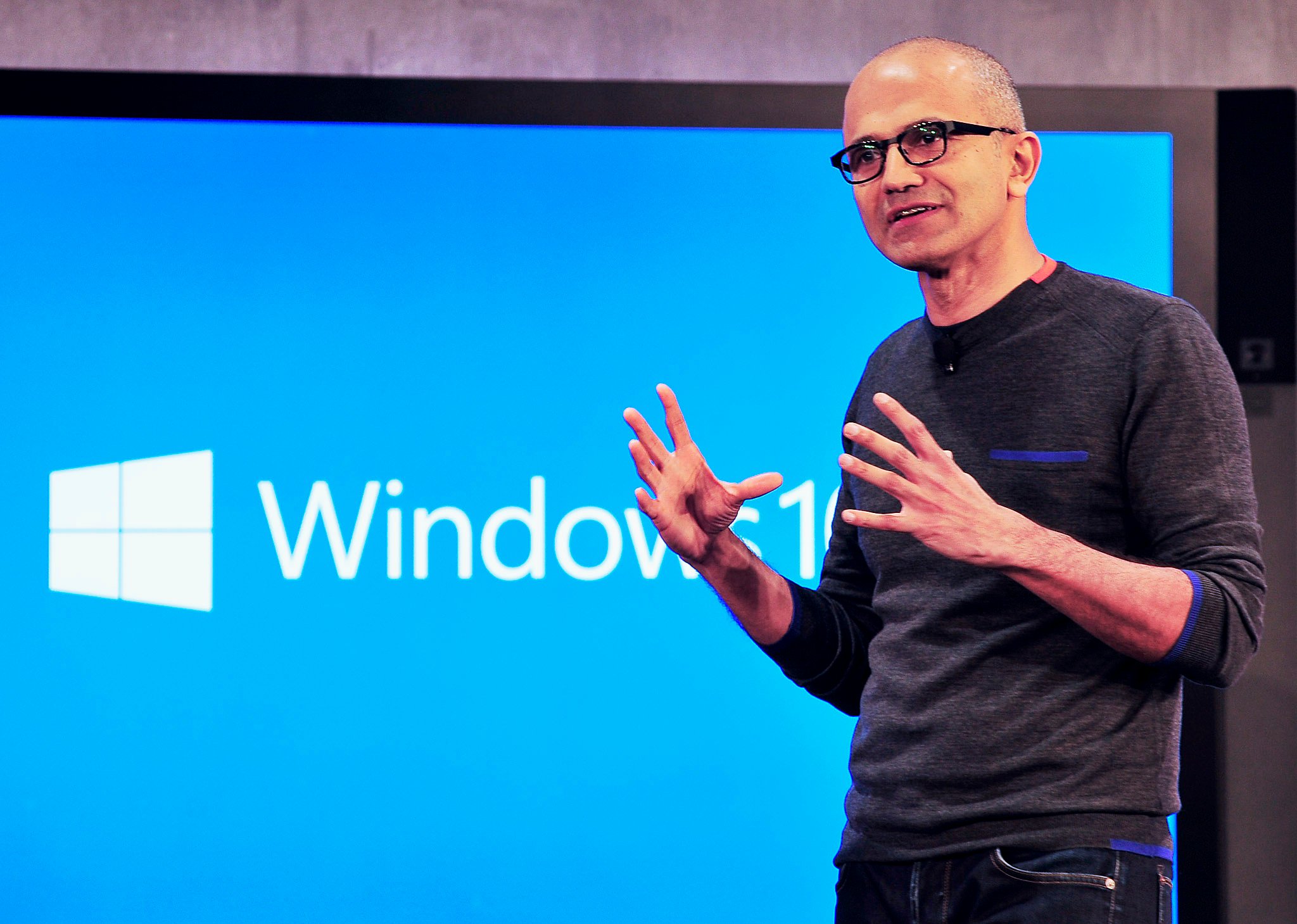
Nadella hammered this point home during an interview with Business Insider in April of this year:
I go back to our core focus as a company. Whenever somebody asks me, 'Are you a consumer company, are you an enterprise company?' I say, hey, we are a company that's centered around users who both have a professional role as well as happen to be consumers. That's where our strength lies.
With this philosophy as a guiding principle at the core of the firm's business strategies, it is clear that Redmond's efforts with its increasingly cloud-based personal computing tools and its focused hardware efforts, that all parts of the user, professional and personal, are in view.
Thus, the entire range of personal computing activity and all of the devices we use, including phone, are targets of Microsoft's duo user strategy.
The ties that bind
As I alluded to above, Microsoft is the only company that has a fully comprehensive approach that encapsulates the needs of users from the OS to the software tools level and across professional and personal environments. This all-encompassing platform and ecosystem approach is at the core of Microsoft's strategy for the hardware that this ecosystem will and does power.

As a ship is surrounded by and floats upon the sea, and is engulfed by and directed by the wind, Microsoft's broad platform of software and services are being positioned to support and power a range of Windows 10 first- and third-party devices. As a platform company Microsoft's cloud, Cortana and the Bots Framework are just a few examples of platforms powering or potentially powering Microsoft's ecosystem. Each of these platforms has current or potential levels of integration in Microsoft's ecosystem and will help integrate digital experiences across professional and personal contexts.
Microsoft's cloud powers 80% of Fortune 500 companies{.nofollow} and is the growing intelligent computing platform seamlessly managing millions of user's professional and personal digital experiences. Nadella framed it this way{.nofollow}:
In this new world, there will soon be more than 3 billion people with Internet-connected devices – from a farmer in a remote part of the world with a smartphone, to a professional power user with multiple devices powered by cloud service-based apps spanning work and life. The combination of many devices and cloud services used for generating and consuming data creates a unique opportunity for us.
Watch Scott Guthrie, Microsoft's Executive Vice-President of Cloud and Enterprise share Redmond's progress and goals for Cloud in the video below :
Cortana, Microsoft's artificially intelligent personal assistant is being more deeply integrated within Microsoft's ecosystem and is maturing in her ability to know and serve users across personal and professional contexts as well as platforms. Nadella expressed it this way:
So I think of Cortana, its uniqueness will come because it can take your personal data, your Office 365 data, and be available across all platforms. No one else, at least as far as I can tell, is taking that unbounded approach to something like personal digital assistants. Anyone else who has a personal digital assistant, it's mostly a personal digital assistant that just sits and resides in either their software or their device or what-have-you.
Watch Marcus Ash, Group Program Manager for Cortana on Windows, demonstrate how Cortana helps handle business expenses for the "professional Marcus" and find a toy store for the "personal -Daddy- Marcus":
Microsoft's investment in the next UI frontier of bots and AI via the Bot Framework, also reflects the company's platform approach to the dual user.
Nadella alluded to this in his "July 2014 Bold Ambition and Our Core{.nofollow}" memo when he said, "We will create more natural human-computing interfaces that empower all individuals." He expounded further on this in the April 4, 2016 Business Insider interview, as that 2014 vision statement is beginning to be realized:
Take bots — no one else is talking about bots that can be built using all the rich cognitive cloud services we have. How did one teach a bot how to have a conversation with a human?... We have APIs for doing all of that in our cloud in Azure. And you can, in fact, build a Slack bot, or you can build a bot for Line.Then we have our own set of conversational canvases like Skype that they're opening up for these bots. So the approach we're taking is much more of a platform company approach, much more of an approach that says that it's both your personal and professional data.
Watch how Cortana and bots on Skype, as a Conversation Canvas, help Lilian Rincon, Principle Group Program Manager'' for Skype Consumer, gets things done. Booking a hotel for "professional Lilian " and arranging lunch with a friend for the "personal Lilian" are examples of an integrated AI and bot serving the duo user.
The above examples represent the reach and depth of dual user personal and professional applications of software and services within Microsoft's ecosystem.
Microsoft has recently reiterated its substantial investments in and embrace of a cross-platform strategy across the whole range of its ecosystem-building initiatives (including those mentioned above) support. However, Nadella has also communicated the company's vision that Microsoft experiences will be best, thus ultimately optimally delivered, on Microsoft or Windows devices. Though this vision has yet to be fully realized, I believe OneNote's implementation on the Surface is an example of this optimal synergy of Microsoft software and hardware.
Windows 10, Microsoft's dreamweaver
Speaking of Windows, as we know Windows 10 provides a progressively evolving unified core that gives developers common tools for app development across form factors and users an increasingly coherent experience across the same. We are still seeing the evolution of this dream as Microsoft develops the support of a vast ecosystem and broad personal computing platform.
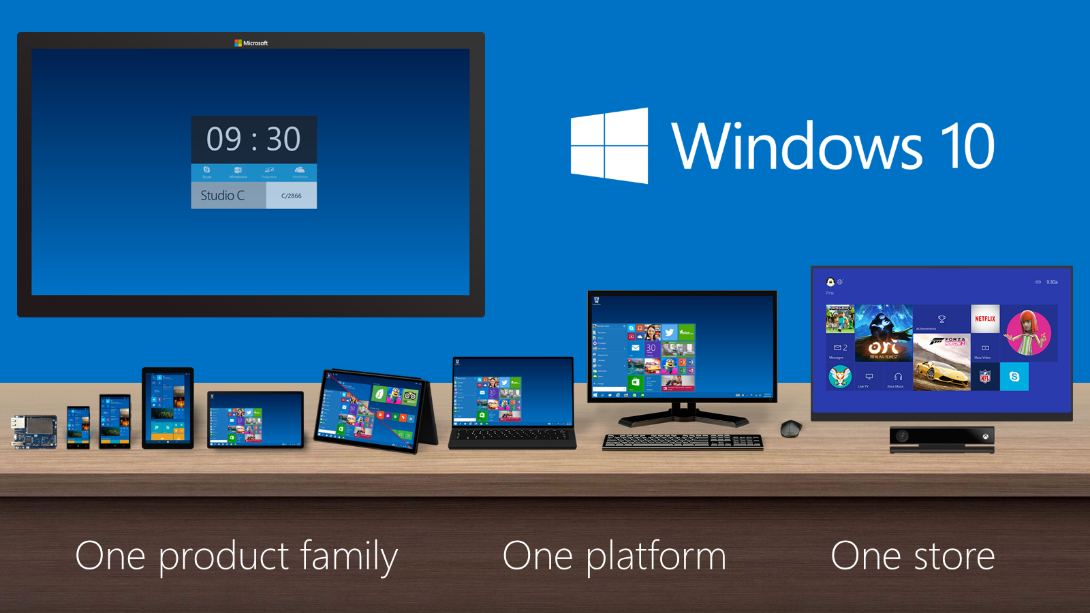
From cloud, AI, bots, productivity tools and more, Windows 10 first- and third-party devices from Raspberry Pi to Hololens to "phone" are being positioned for a level of professional and personal computing that centers upon the user in a way that no company has yet achieved. As he has done many times before, Nadella reiterated this point this way when asked why Windows Mobile received little attention during BUILD 2016:
First of all, I don't think of Windows for mobile differently than Windows for HoloLens or Windows for Xbox now. We have only one Windows. We don't have multiple Windows. They run across multiple form factors, but it's one developer platform, one store, one tool chain for developers. And you adapt it for different screen sizes and different input and output.
Given what Microsoft has achieved and is honing in its one Windows mission, it is worth acknowledging that if Redmond wants the industry of developers, users and writers to see Windows as a single platform their own language and messaging around the platform must be consistent with that message. It is this point that Nadella is directly addressing.
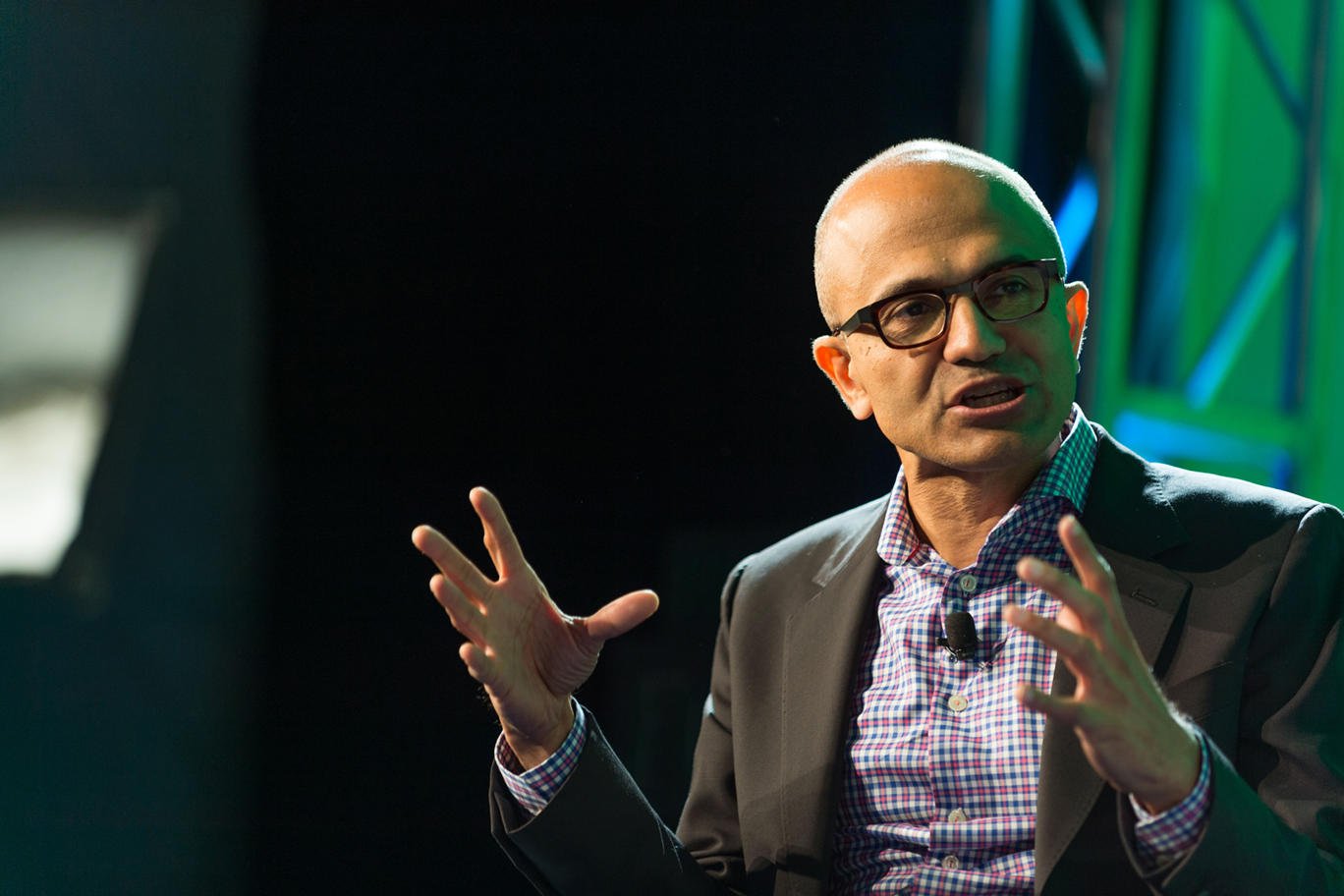
The UWP is weaving the components of Microsoft's duo user dream together.
The interviewer represents the position of many industry watchers. We are all adapting to this transition in the perception and language around Windows. If we are to grasp the shift Microsoft's ecosystem and platform are undergoing we must become more accustomed to hearing references to the development, progress and goals of Windows with the understanding that language that communicates former distinctions between "Windows on different form-factors" would be counter-productive to Redmond's goals.
It is this unified Windows platform that is helping Microsoft weave all of the components of its dream to serve the duo user together. Windows is the common denominator across all of Microsoft's first-party and partner devices that will deliver a cohesive experience to users across professional and personal environments and devices. It is also, per Nadella, the portal through which the optimal experience of the range of Microsoft services will be delivered to users using Microsoft's devices.
With Redmond's cross-platform pursuit's, and obvious quest to be the personal computing ecosystem regardless of device or platform, this is an ambitious goal. But if Microsoft ultimately delivers on this "best on Windows vision" as seen with OneNote on Surface, the company just may draw consumers to it's combination of software, services and devices.
Wrap Up
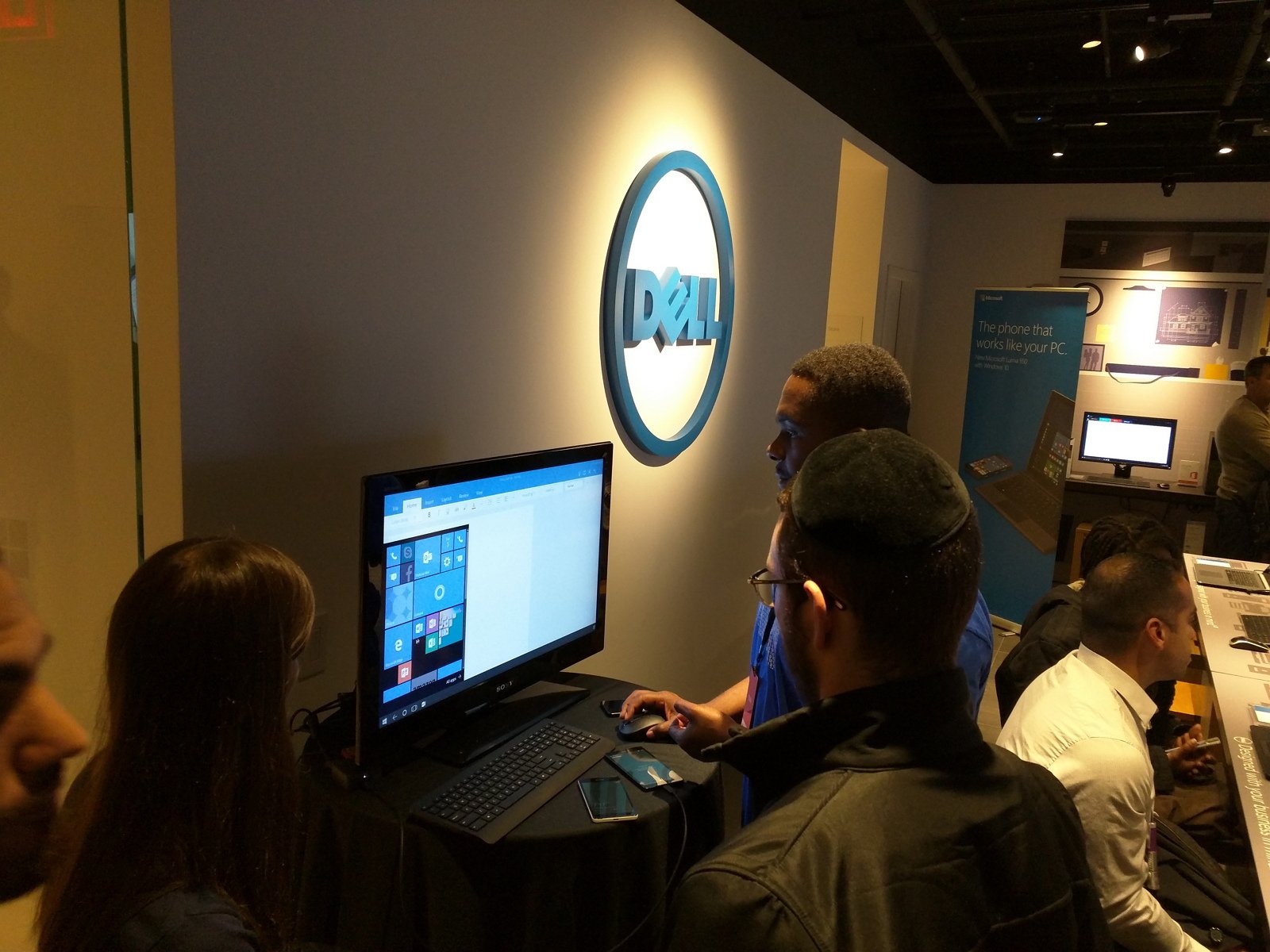
Will this ecosystem-wide, duo user strategy coalesce into a seamless provision of software and services on unique and powerful context sensitive hardware for professional and personal computing? Microsoft hopes it will. Time will tell.
What do you think? Will Microsoft's development of an ecosystem-wide duo user, enterprise and consumer -focused strategy help carry Windows on "phone" to eventual consumer success? Sound off in comments and on Twitter to let us know what you think!
Part I: Hey, consumers, Microsoft is building a phone for you
Jason L Ward is a columnist at Windows Central. He provides unique big picture analysis of the complex world of Microsoft. Jason takes the small clues and gives you an insightful big picture perspective through storytelling that you won't find *anywhere* else. Seriously, this dude thinks outside the box. Follow him on Twitter at @JLTechWord. He's doing the "write" thing!

